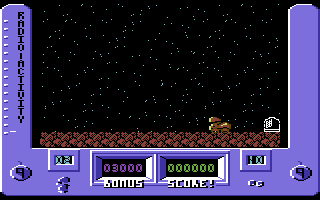
Most nuclear power plants today draw their energy from the fission of uranium atoms. The energy of an atomic bomb or a nuclear power plant is the result of the splitting, or "fission," of an atom. Half of the missing mass, however, is converted directly to energy in the form of radiation. What happens to the missing 0.029 units? During the fusion reaction, particles known as positrons and neutrinos are produced, accounting for some of the missing mass. Atomic addition: fusionĪdds up to a Helium atom = 4.003 units of mass

Our Sun has enough hydrogen to continue burning for another five billion years.

During fusion, this missing mass is converted to energy. The mass of one helium atom is slightly less than the sum of the masses of four hydrogen atoms. Such reactions-which occur in the Sun 100 million quadrillion quadrillion times each second-release a significant quantity of energy as predicted by E=mc 2. The Sun is fueled by a process known as fusion: four hydrogen atoms undergo a series of collisions and eventually fuse together to form one helium atom.
#FISSION BOMB HOW TO#
Scientists have learned how to exploit fission for weapons as well as for peaceful applications, such as nuclear power. Under the right conditions, certain atoms can split apart in a process called "fission." During fission, some of the mass of the original atoms is converted to energy.

Perhaps most famously, E=mc 2 helps explain the energy released by atomic bombs and produced by nuclear power plants. One important discovery answered a question that had puzzled scientists for centuries: Why does the Sun shine? Every star you can see in the night sky is powered by a process known as "fusion," in which atoms fuse together while some of their mass is converted to energy. For Einstein, E=mc 2 was interesting-but not very relevant to the real world.ĭecades after Einstein published his famous equation, other scientists realized that it did explain a number of physical phenomena.


 0 kommentar(er)
0 kommentar(er)
